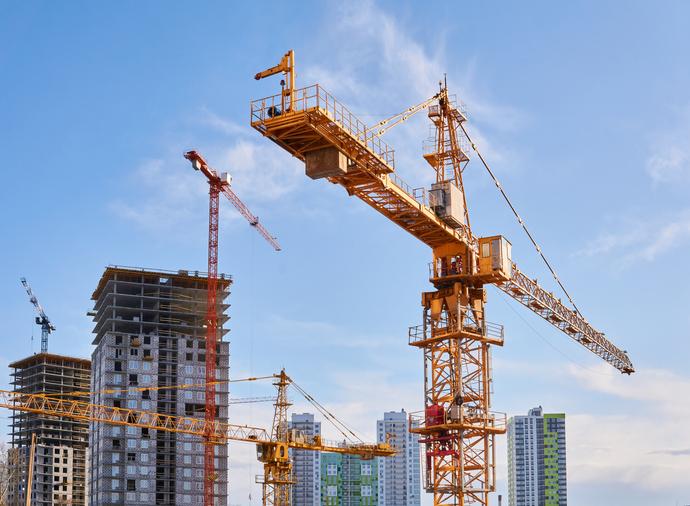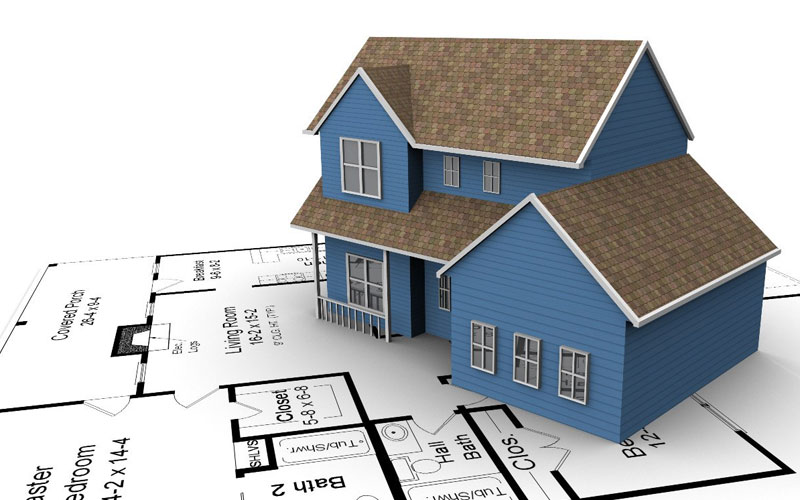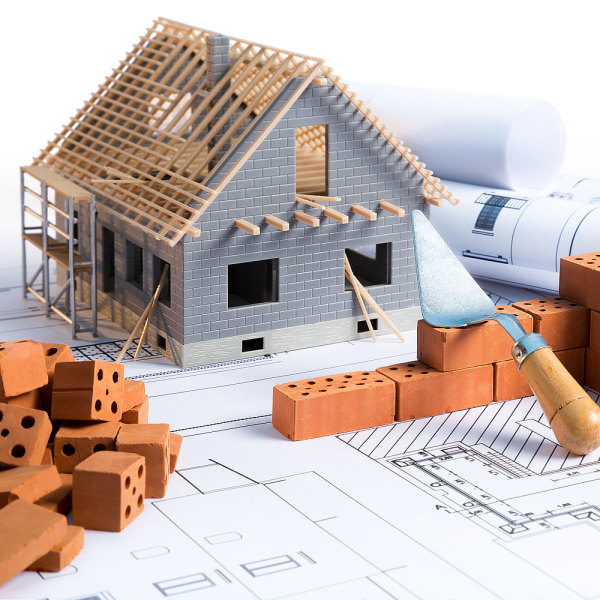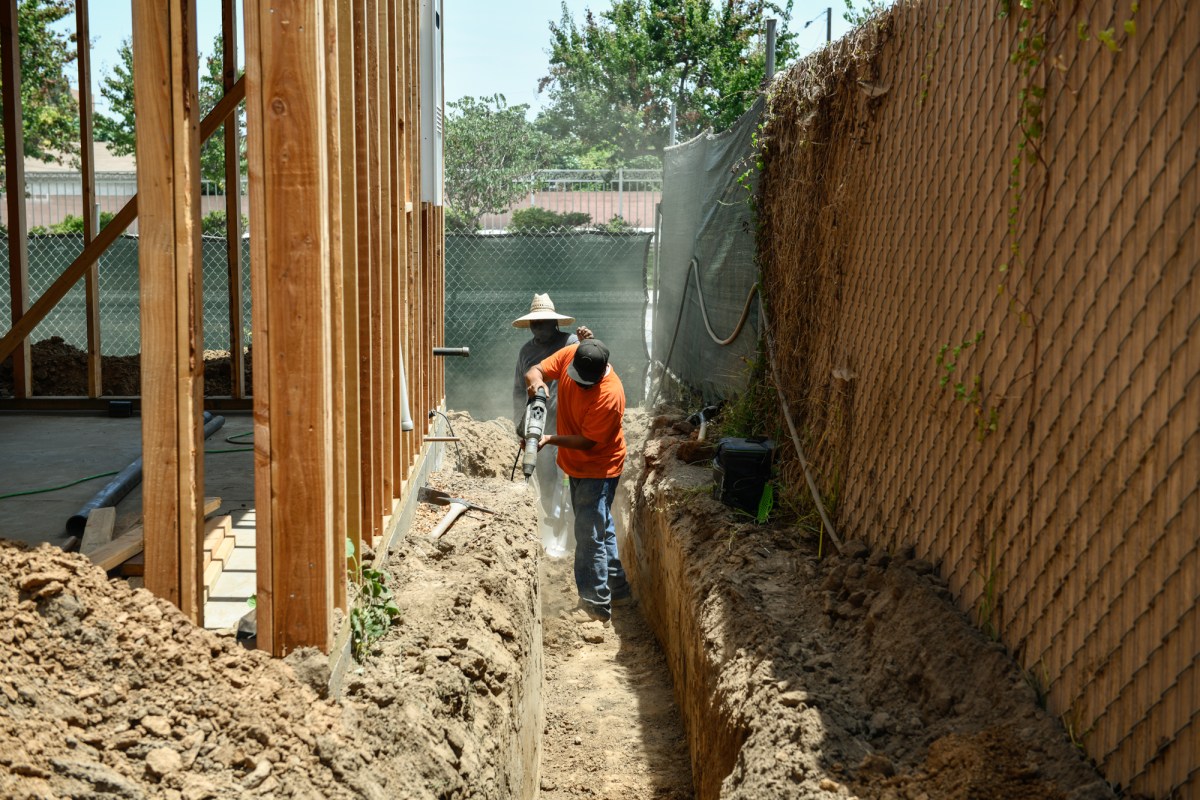Understanding The Working Of Real Estate Improvement
Real Estate is any property consisting of the structures and land on it, and its accompanying natural resources like water, minerals or plants; or an interest vested upon it, buildings, land or housing in general generally. It is measured by the number of acres or square feet, or a definite sum of money. It may be bought, held, and developed on behalf of an individual, company or partnership, for the benefit of another, or merely for the enjoyment of the owner. The word “real” has various interpretations according to different nations and cultures. In United States, real estate is generally defined as “all real property situated, whether occupied individually or collectively, by the owner of the property.”

A variety of economic characteristics can be identified in real estate. These include the purchase of land for development; improvement of such land; increase in the value of such land; and improvements in the improvements of homes and buildings. In simple terms, the improvements of homes improve the economic characteristics of homes and increase their marketability.
Housing improvements are the changes made in houses and other buildings to add comfort, beauty and convenience. Such improvements may include addition of rooms, extension of floors, building walls, and others. In real estate, such improvements can also increase the marketability of homes. Usually, when people buy a home, they have a plan to live in it for a minimum of twenty years. The main reason why people buy real estate is to live in a comfortable house, complete with all modern facilities, attached with great amenities like schools, parks, shopping complexes and health centers.
The real estate industry has many faces, but one of the most common sights seen in any community is a residential building. Most residential developments constructed today are in high demand. This demand is based on the fact that many people prefer buying residential properties as opposed to purchasing a piece of land that is earmarked for exclusive use. Since there are not enough properties available, the local governmental units put up a housing development plan to increase the number of residential properties for sale or lease.
The first type of Real Estate Improvement is the creation of new structures and the second type is the improvement of existing buildings. Improvements to homes and other buildings may include improvements in the structure of the building, interior design, plumbing system, heating system, etc. The first type of Real Estate Improvement deals with the changes in the building itself. Second type deals with the changes made in the interiors of the building. Moreover, the third type of improvement deals with the improvement of sewer systems. In order to gain an understanding of the working of the real estate industry, it is very important to know about four main types of Real Estate Improvement.
In brief, these types of Real Estate Improvement help us understand the working of the real estate market. These types of improvements take place in various parts of the land such as the structure, improvements made in the building and interiors, improvements in the sewer systems and economic characteristics of the land. One should also know about the four main types of Real Estate Improvement before deciding whether to buy a piece of land or not.

















